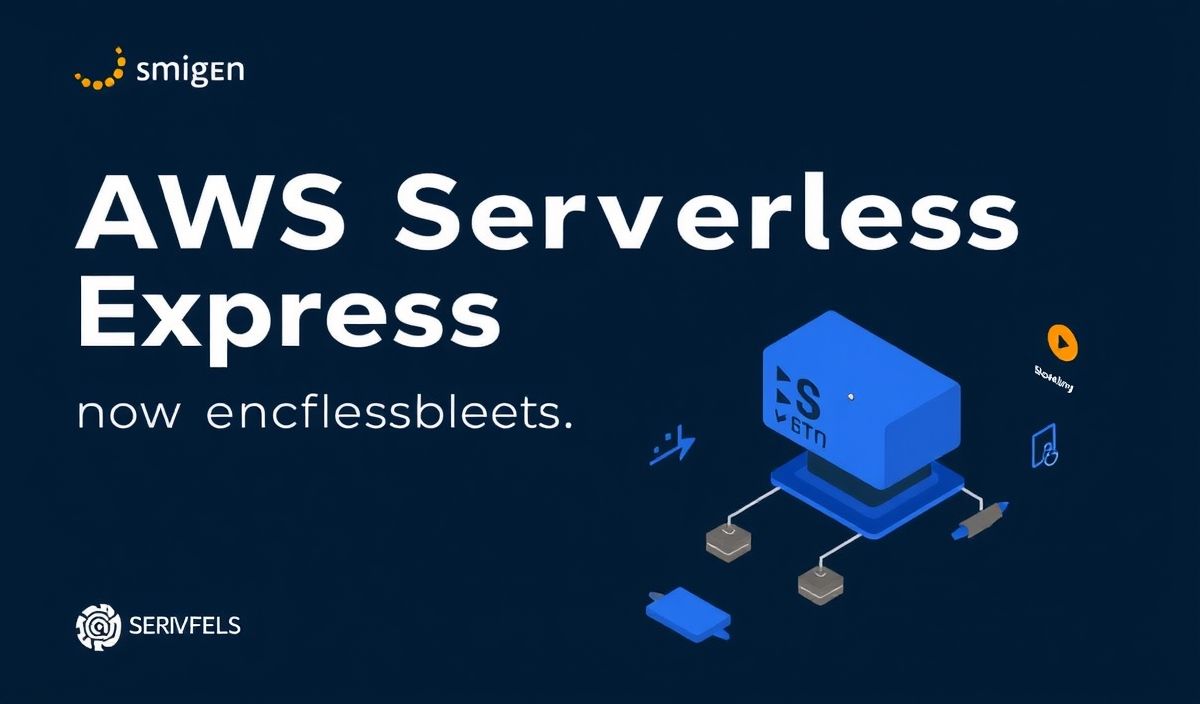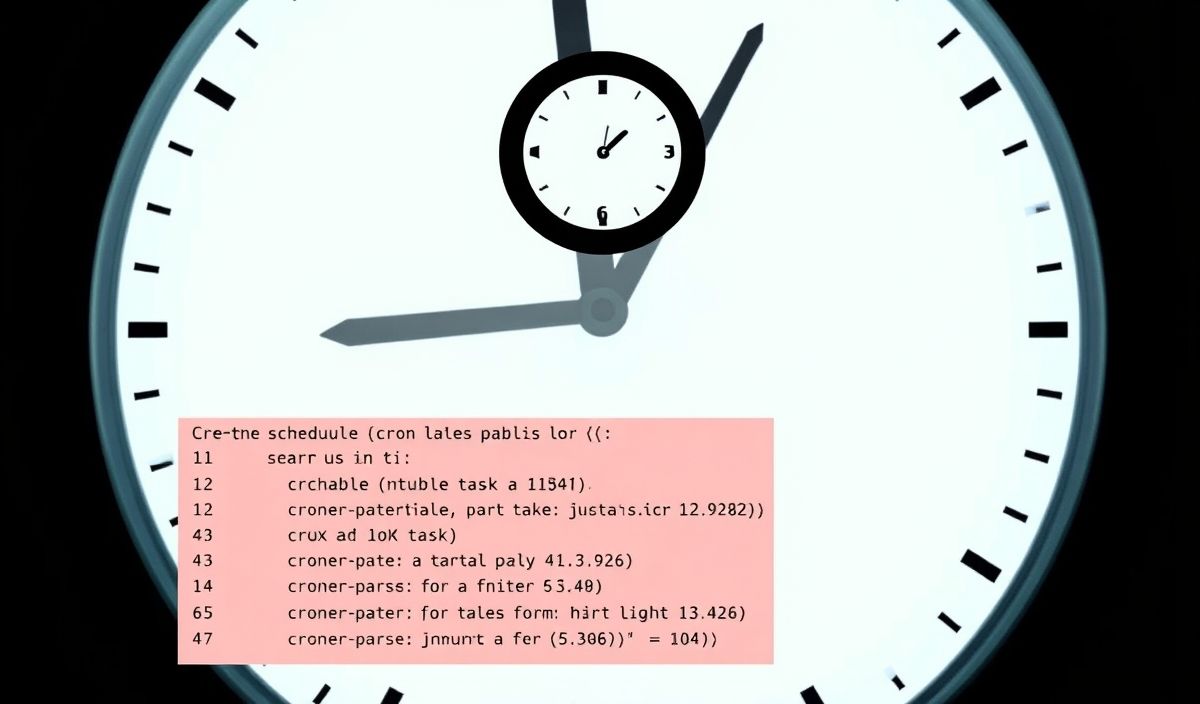Introduction to AWS Serverless Express
AWS Serverless Express allows you to build serverless web applications using AWS API Gateway, AWS Lambda, and Node.js. This framework enables you to create robust and scalable applications faster and with lower operational overhead. Here’s a comprehensive guide to get you started with AWS Serverless Express.
Setting Up Your Serverless App
First, we’ll set up our project and install the necessary dependencies:
mkdir my-serverless-app
cd my-serverless-app
npm init -y
npm install aws-serverless-express express body-parser
Creating the Express Server
Next, we’ll create the main server file using Express:
const awsServerlessExpress = require('aws-serverless-express');
const express = require('express');
const bodyParser = require('body-parser');
const app = express();
app.use(bodyParser.json());
app.get('/', (req, res) => {
res.send('Hello from AWS Lambda and AWS Serverless Express!');
});
const server = awsServerlessExpress.createServer(app);
exports.handler = (event, context) => {
awsServerlessExpress.proxy(server, event, context);
};
Deploying to AWS Lambda
To deploy the serverless app to AWS Lambda, we need to create a serverless framework configuration file (serverless.yml):
service: my-serverless-app
provider:
name: aws
runtime: nodejs14.x
stage: dev
region: us-east-1
functions:
app:
handler: index.handler
events:
- http:
path: /
method: get
package:
exclude:
- node_modules/**
- .gitignore
Additional API Examples
The following are some useful API methods you can implement in your serverless application:
GET /items
Fetch a list of items:
app.get('/items', (req, res) => {
const items = [{ id: 1, name: 'Item 1' }, { id: 2, name: 'Item 2' }];
res.json(items);
});
POST /items
Create a new item:
app.post('/items', (req, res) => {
const newItem = req.body;
newItem.id = Date.now();
res.json(newItem);
});
PUT /items/:id
Update an existing item:
app.put('/items/:id', (req, res) => {
const updatedItem = req.body;
updatedItem.id = parseInt(req.params.id);
res.json(updatedItem);
});
DELETE /items/:id
Delete an item:
app.delete('/items/:id', (req, res) => {
res.json({ message: `Item ${req.params.id} deleted` });
});
Example App
Combining all the above endpoints into a single app:
const awsServerlessExpress = require('aws-serverless-express');
const express = require('express');
const bodyParser = require('body-parser');
const app = express();
app.use(bodyParser.json());
const items = [{ id: 1, name: 'Item 1' }, { id: 2, name: 'Item 2' }];
app.get('/', (req, res) => {
res.send('Hello from AWS Lambda and AWS Serverless Express!');
});
app.get('/items', (req, res) => {
res.json(items);
});
app.post('/items', (req, res) => {
const newItem = req.body;
newItem.id = Date.now();
items.push(newItem);
res.json(newItem);
});
app.put('/items/:id', (req, res) => {
const updatedItem = req.body;
const itemIndex = items.findIndex(item => item.id == req.params.id);
items[itemIndex] = updatedItem;
res.json(updatedItem);
});
app.delete('/items/:id', (req, res) => {
const itemIndex = items.findIndex(item => item.id == req.params.id);
items.splice(itemIndex, 1);
res.json({ message: `Item ${req.params.id} deleted` });
});
const server = awsServerlessExpress.createServer(app);
exports.handler = (event, context) => {
awsServerlessExpress.proxy(server, event, context);
};
Using AWS Serverless Express, you can build scalable and cost-effective APIs that leverage the power of AWS Lambda.
Hash: 7a050e4180b781e5bd16fea192caebe26ec24d01f8ed09baf6e99b6cb7287b0d




